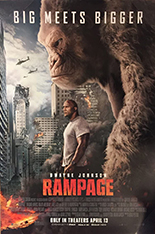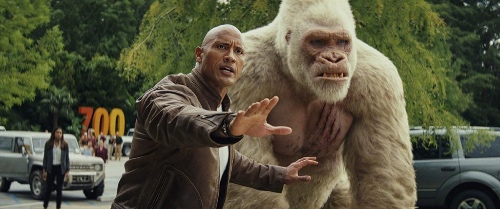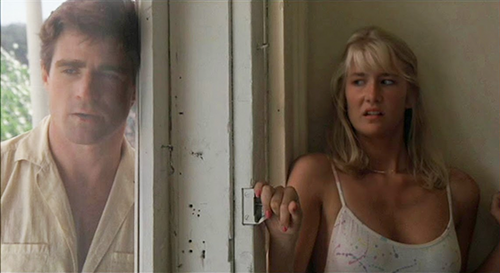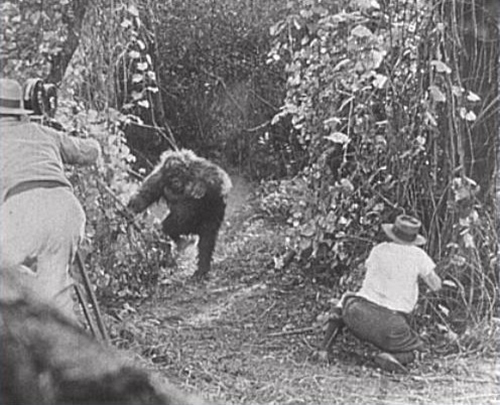
 At the very least, Lucky Bastard approaches the found-footage trend from an angle I haven’t seen tried: inside the porno industry. Its “document everything” conceit allows us fly-on-the-fly access in HD as porn producer Mike (Don McManus, Paranormal Activity: The Ghost Dimension) persuades his supposedly hottest star, Ashley Saint (Betsy Rue) to, ahem, “do” her first episode of his Lucky Bastard series.
At the very least, Lucky Bastard approaches the found-footage trend from an angle I haven’t seen tried: inside the porno industry. Its “document everything” conceit allows us fly-on-the-fly access in HD as porn producer Mike (Don McManus, Paranormal Activity: The Ghost Dimension) persuades his supposedly hottest star, Ashley Saint (Betsy Rue) to, ahem, “do” her first episode of his Lucky Bastard series.
As one may surmise from the title, each installment recruits a fan to co-star, as it were, with the female talent — STD test results permitting, of course. After Mike wears down Ashley’s misgivings and protests, she agrees to have sex with the selected regular Joe — in this case, Dave (Jay Paulson, Black Rock). Well-meaning but socially awkward, Dave looks like the kind of guy whose Velcro wallet dutifully contains a punch card for Great Clips at the ready, perhaps adjacent to a condom he may never use.
In the run-up to rolling camera, their special guest does and says things that creep Ashley out — so many that she refuses to do the scene. He snaps, in what must be the world’s biggest case of blue balls. With LAPD footage of the grisly aftermath at a Van Nuys home, Lucky Bastard’s prologue tells us right away what the poster’s tagline only echoes: “This will not end well.” We just don’t know exactly how or when (although if you pay attention to the movie’s running time, you can make an educated guess as to when the sparks will hit wick’s end).
When the group stops for a quick lunch en route to set, Dave is so antsy to get depantsy, he complains to Mike that no one watches this portion of his Lucky Bastard series; they want to fast-forward straight to the sex. The movie Lucky Bastard, however, faces a contradictory problem: I wanted them to skip the sex for the storm.
Neither portion satisfies. Moving from the venerable (as an Emmy-nominated writer and producer of TV’s Law & Order) to the venereal for his directorial debut, Robert Nathan asks some interesting questions, like “What if a mentally ill man were chosen for an amateur porn shoot?” yet answers them with less curiosity. More attention seems placed on simulating (?) explicit acts — some pixelated despite an NC-17 rating — than sharing a fleshed-out story. To that end, one can claim Nathan’s picture is perhaps most porn-realistic in the one way a legitimate feature shouldn’t strive to be: dismissive of plot.
The three leads acquit themselves. Paulson is particularly convincing as the outcast powder keg; McManus, appropriately greasy and sleazy; and Rue looks every bit the damaged, button-cute part. Best known for her not-a-stitch performance in 3D in 2009’s My Bloody Valentine, she again demonstrates remarkable bravery in her immodesty, but this time for a project that neither deserves nor rewards her investment. —Rod Lott













